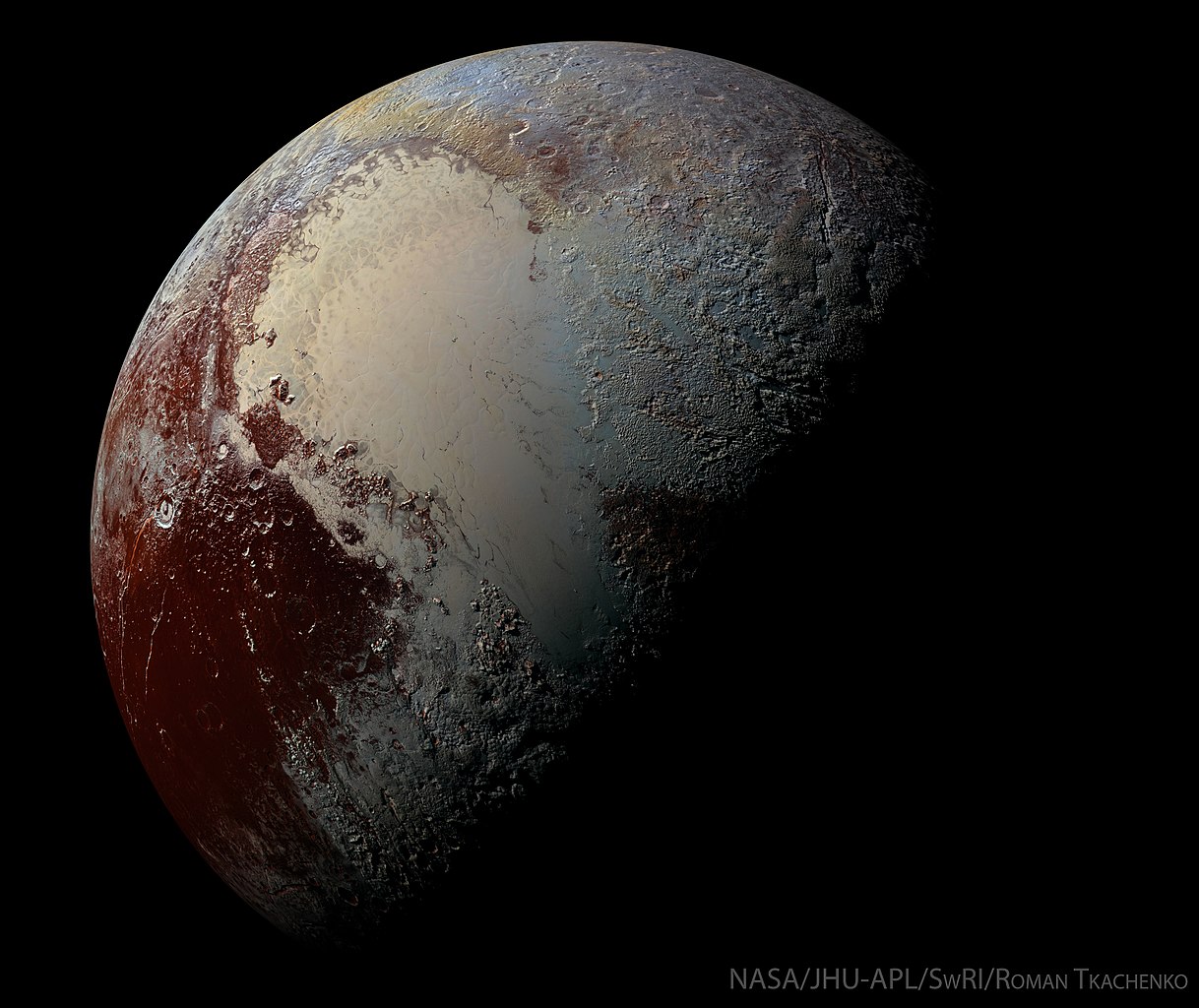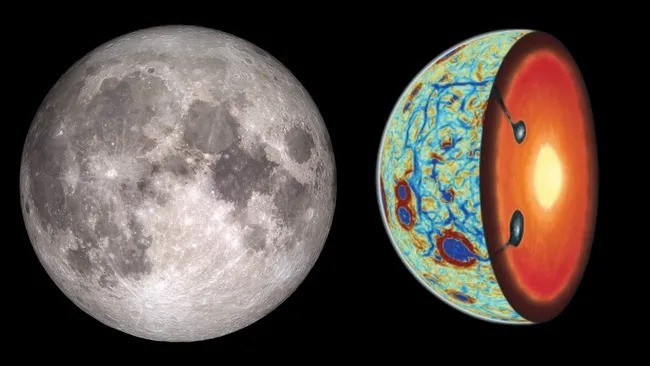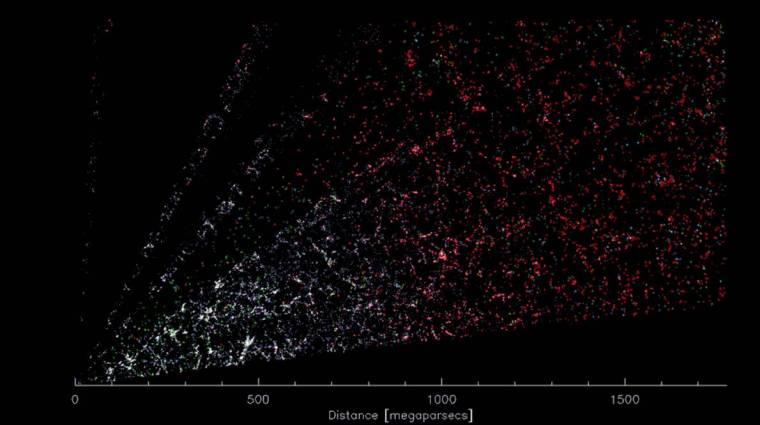a DESI The spectroscopy instrument is currently mapping the position of galaxies in time (recording the exact distance from Earth, including how far the universe expanded until this light reached Earth) so that scientists can better understand dark energy.
A cosmic survey project based on the extraordinary performance of the Dark Energy Spectrograph (DESI) for 5000 small telescopes. Their results have already been published by scientistsThe most detailed 3D map of the universe to date now shows the exact location of 7.5 million galaxies.
The map, revealed by Lawrence Berkeley Lab Thursday, is the result of DESI’s first seven months of operation.
Each point on the map represents a galaxy of 100 billion and a trillion stars in the direction of the constellation Virgo, five billion light-years from Earth, moving towards the constellation of Capricorn. It’s obvious how cool DESI can be compared to older systems:
“There’s a lot of beauty in it,” said Julian Gay, an astrophysicist at Berkeley Lab. “There are huge clusters, filaments, and voids in the distribution of galaxies on the 3D map. These are the largest structures in the universe. But in them we find traces of the early history of the universe and the expansion that has taken place since then.”
🔭 #dark energy Spectroscopic instrument (DESI) makes the largest #3D map of the universe 🪐☄️💫✨
⬇️https://t.co/QPHrhYP5WW Tweet embed pic.twitter.com/InvtxJDA68Berkeley Lab January 13, 2022
This is just the beginning of DESI’s work, as the project aims to add over a million new galaxies to the map each month. When completed in 2026, the map is expected to contain more than 35 million galaxies, providing a huge amount of data for astronomers to study.
the Tweet embed The first months of the survey culminated by breaking all previous records of 3D galaxy surveys, creating the largest and most detailed map of the universe: it measured 7.5 million galaxies in just 7 months! Read more: https://t.co/O6B4DLpm7w
1/5 pic.twitter.com/vLiQvtqWYD– NOIRLab (NOIRLabAstro) January 13, 2022
DESI is a state-of-the-art detector connected to the four-meter Nicholas U. Mayall Telescope in Kit Peak, Arizona, consisting of 5,000 optical fibers positioned with a resolution of 10 microns. The detector looks for ripples in galaxies’ energetic radiation, called baryon acoustic oscillations, which were incorporated into the distribution of matter during the first hundreds of thousands of years after the Big Bang.
By measuring the distance between these ripples at different periods of cosmic history, astronomers will be able to calculate whether the acceleration of the expansion of the universe is constant or has changed over time.
This knowledge will be of paramount importance to understanding the mysterious dark energy, which is believed to make up at least 70% of the universe, and the driving force behind the expansion.
Hardware, software, tests, curiosities and colorful news from the world of IT by clicking here!












































